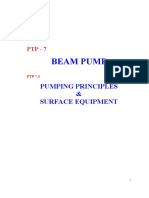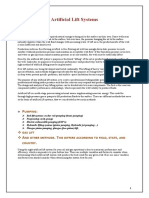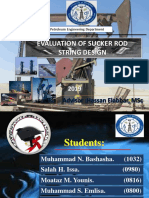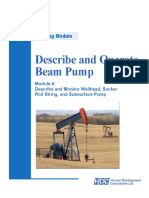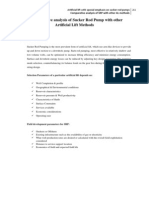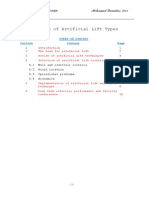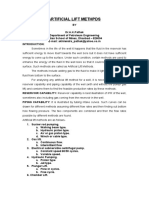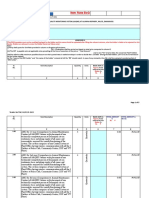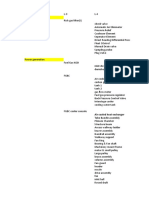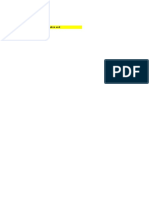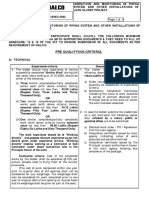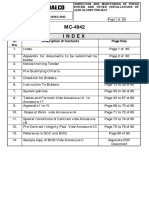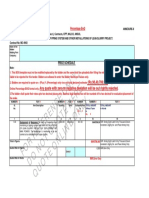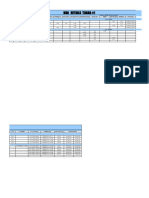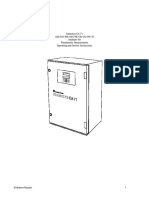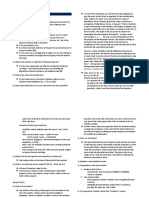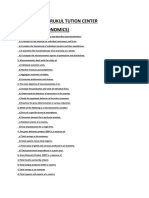0% found this document useful (0 votes)
370 views20 pagesBeam Pumping Essentials
This document provides an overview of sucker rod pumping (SRP), including its components, operation, advantages, disadvantages, and design parameters. SRP uses a prime mover, gear reducer, walking beam, and sucker rods to lift oil from the bottom of a well to the surface. It is efficient and can maximize oil production, though it has limitations in deviated holes, gassy wells, and offshore use. Design considerations include fluid level, pump depth, speed, stroke length, plunger diameter, fluid properties, tubing size/design, and sucker rod size. The document also describes different types of pumping units, subsurface pumps, the pumping cycle, and parameters calculated in design like plunger stroke and pump displacement
Uploaded by
Divyansh Singh ChauhanCopyright
© © All Rights Reserved
We take content rights seriously. If you suspect this is your content, claim it here.
Available Formats
Download as DOCX, PDF, TXT or read online on Scribd
0% found this document useful (0 votes)
370 views20 pagesBeam Pumping Essentials
This document provides an overview of sucker rod pumping (SRP), including its components, operation, advantages, disadvantages, and design parameters. SRP uses a prime mover, gear reducer, walking beam, and sucker rods to lift oil from the bottom of a well to the surface. It is efficient and can maximize oil production, though it has limitations in deviated holes, gassy wells, and offshore use. Design considerations include fluid level, pump depth, speed, stroke length, plunger diameter, fluid properties, tubing size/design, and sucker rod size. The document also describes different types of pumping units, subsurface pumps, the pumping cycle, and parameters calculated in design like plunger stroke and pump displacement
Uploaded by
Divyansh Singh ChauhanCopyright
© © All Rights Reserved
We take content rights seriously. If you suspect this is your content, claim it here.
Available Formats
Download as DOCX, PDF, TXT or read online on Scribd
/ 20









